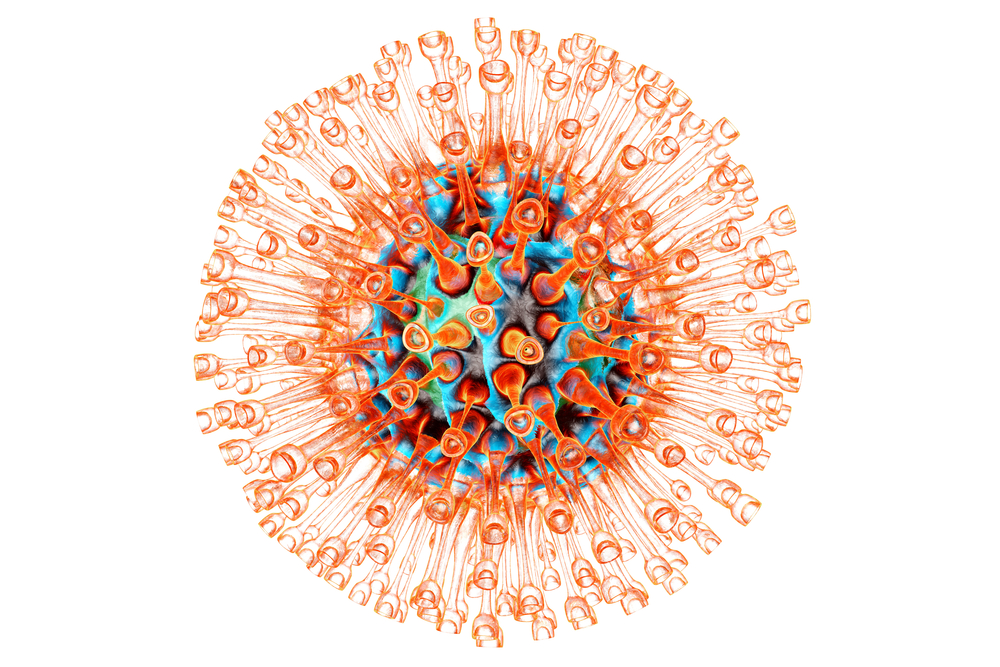Elimination of HCV in People with Bleeding Disorders Surpasses WHO Goals, Study Finds

Direct‐acting antiviral (DAA) therapy is especially effective at eliminating hepatitis C virus (HCV) in people with bleeding disorders, including hemophilia, a study has found.
The study, “Elimination of hepatitis C virus infection in patients with haemophilia in Belgium: A single‐centre experience,” was published in Haemophilia.
People with bleeding disorders such as hemophilia are more likely to require blood transfusions; for that reason, they are more susceptible to diseases acquired by exposure to contaminated blood, as is the case of HCV infection.
“Until 2015, HCV infection was treated with interferon-based regimens. These treatments had varying success rates up to 50%–70% in patients. In 2015, direct‐acting antiviral (DAA) therapy was approved as treatment for HCV infection. Due to the availability of these highly efficacious (cure rate [greater than] 95%) and safe drugs, the WHO [World Health Organization] has set targets to eliminate HCV infection by 2030,” the investigators wrote.
A “micro-elimination” strategy, in which the overall population is divided into smaller treatment target groups, was proposed by WHO as the best approach to reach their final goal.
Researchers from KU Leuven in Belgium and collaborators reported the effectiveness of DAA therapy eliminating HCV in a sub-group of Belgian patients with chronic bleeding disorders.
From July 2018 to April 2019, two independent researchers collected and reviewed electronic medical records from patients born before 1990 who had chronic bleeding disorders, including hemophilia, von Willebrand disease, factor V deficiency, factor VII deficiency and afibrinogenemia.
The retrospective study included a total of 299 patients. Of these, 220 (73.6%) had hemophilia A, 46 (15.4%) had hemophilia B, 25 (8.4%) had von Willebrand disease, four (1.4%) had factor VII deficiency, two (0.7%) had afibrinogenemia and two (0.7%) had factor V deficiency.
Of the 299 patients included in the study, 297 (99.3%) had been screened for HCV, and 211 (71.0%) tested positive. Of these, 205 (97.1%) were tested via the HCV RNA test — a test that measures the levels of HCV in the blood — and 153 (72.1%) were chronically infected with the virus.
Of the 153 who had chronic HCV infection (83.0%), 110 (71.8%) were cured. These included 33 who were cured after initial therapy with an interferon‐based regimen (50.8% success rate), and 77 who were cured after receiving DAA therapy (91.6% success rate).
The incidence of liver cirrhosis — a disease that often develops in people with HCV infection — was higher among those for whom treatment did not eliminate HCV (32.6%), compared to those who responded favorably to treatment (12.8%) and to those who tested negative for HCV (0%).
By the end of the follow-up period in 2019, only 14 (9.1%) patients were still infected by HCV.
“In total, only 14 patients remained probably HCV RNA positive without HCV treatment: ten were not in follow-up anymore at our hospital, one was not yet treated but therapy will start soon, two with older age had severe co-morbidity and one patient refused,” they said. “This is better than the elimination target of 80% set by WHO,” they added.
“This study shows that it is possible to eliminate HCV in a well‐defined subgroup and underlines the need for monitoring tools in order to reach every patient,” the researchers stated.






